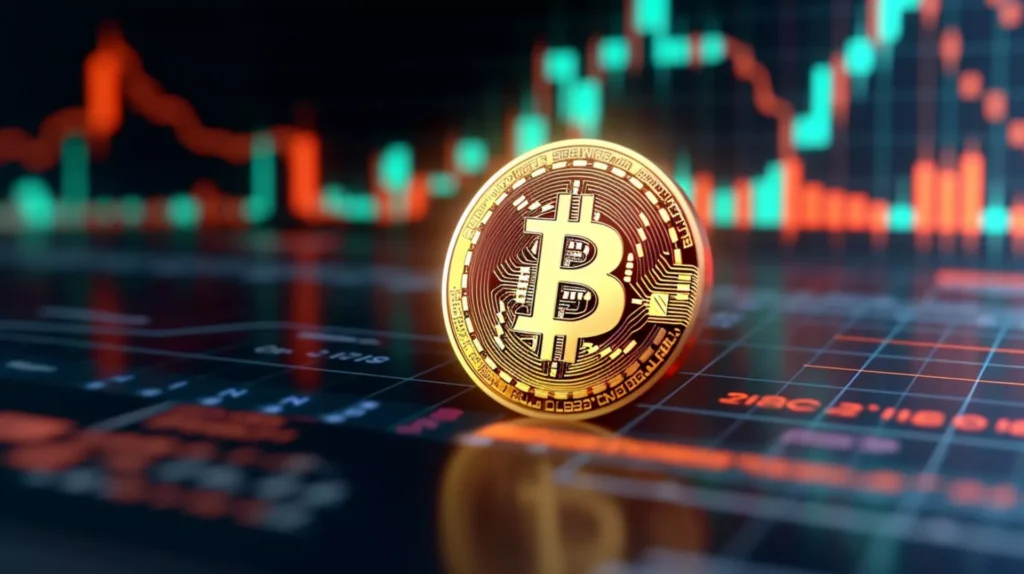The future dynamics of the cryptocurrency market, Hunter Horsley, CEO of Bitwise Asset Management, has highlighted the intensifying scarcity of Bitcoin, forecasting a significant impact on its market dynamics in the near future. As of early 2025, with Bitcoin’s price nearing the $100,000 mark, Horsley’s observations underscore what could be a pivotal shift in how Bitcoin’s scarcity influences its valuation and investor behavior.
Economics of Scarcity
Horsley points out that Bitcoin’s inherent scarcity is set to become more pronounced as mainstream adoption grows. He notes that there are approximately 58 million millionaires globally, but the total supply of Bitcoin is fixed at 21 million, which means only about one-third of these millionaires could own even one Bitcoin if the current distribution were to remain unchanged. This stark contrast between demand and supply is what Horsley suggests will make Bitcoin’s scarcity “feel more dramatic” in the coming years.
The concept of scarcity has always been central to Bitcoin’s value proposition. Unlike fiat currencies, where supply can be adjusted by central banks, Bitcoin’s supply is algorithmically controlled and will never exceed the 21 million cap. This fixed supply, combined with an increasing demand, particularly from institutional investors, forms the backbone of Horsley’s argument. As Bitcoin becomes more integrated into financial portfolios, the scarcity will be theoretical and palpably felt in market dynamics.
Current Market Context
Recent data supports Horsley’s assertions. With Bitcoin prices around $98,000 in early January 2025, the cryptocurrency is already experiencing a supply crunch. This is partly due to the halving events occurring approximately every four years, reducing the reward for mining new blocks by half, thus further constricting.
The supply of new Bitcoins entering the market. The last halving, which took place in 2024, has already contributed to a significant price increase, and Horsley predicts that the effects will be even more dramatic in the future as Bitcoin’s adoption by wealth management firms and other institutional investors grows.
Institutional Investment and ETF Influence
Horsley also touched upon the role of Bitcoin ETFs in exacerbating this scarcity. Since the U.S. Securities and Exchange Commission (SEC) approved spot Bitcoin ETFs in early 2024. These financial products have seen inflows exceeding $59 billion, making Bitcoin more accessible to investors who might not want to handle the cryptocurrency directly. Horsley predicts that by the end of 2025.
As Bitcoin edges closer to mainstream financial acceptance. Horsley’s commentary serves as a reminder of the fundamental economic principles at play. Bitcoin’s scarcity, akin to the scarcity of gold in traditional economics, is expected to drive its value. However, this will depend on continued or increased adoption, regulatory environments, and how well. Bitcoin navigates the challenges of scalability and environmental impact.
Summary
The insights from Bitwise’s CEO paint a picture of a cryptocurrency market. Bitcoin’s scarcity will be a theoretical advantage and a real market force as we move through 2025. The interplay between supply, demand, and investor psychology. Will be crucial in determining Bitcoin’s trajectory. Potentially leading to an era where the scarcity of Bitcoin is felt more dramatically than ever before. This scenario sets the stage for a fascinating evolution in the digital asset space. This has implications for investors, regulators, and the global financial system.
[sp_easyaccordion id=”5736″]

